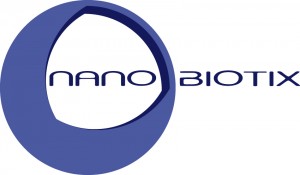Tag: Wirtschaftswoche
Company News: akampion’s Clients Featured in Major Trade and Economics Media

akampion has successfully positioned its clients in various international trade and economics media during the last weeks.
Among others, Surgical Process Institute, a provider of all-in-one solutions for surgery-focused clinics, has been introduced in a four-page article in Wirtschaftswoche 47 (Nov. 19, 2012). Wirtschaftswoche is the world’s largest German-language economics magazine with a circulation of >173,000 copies, reaching 0.9 million readers.
bubbles & beyond, which is developing intelligent fluids for a variety of industrial and other applications, has been introduced in a two-page article in brand eins (12/2012), Germany’s most prestigiuos monthly economics magazine (circulation of nearly 110,000 copies).
European Hospital (Vol. 21, Issue 5/12) in November reported on the collaboration of molecular diagnostics company Curetis AG with Heraeus Medical to develop a novel Unyvero(TM) cartridge to detect pathogens and antibiotic resistances in implant and tissue infections (ITT). The same issue is introducing French company Nanobiotix SA which is developing a revolutionary new approach for cancer radiotherapy. The company went public in France earlier this month. European Hospital has a circulation of 30,000 copies and is read widely across Europe (majority of copies sold in Germany, UK, France, Russia, Spain, Italy) – mostly by hospital managers and chief physicians.
L’Agefi, Switzerland’s leading business and financial newspaper (readership: 115,000), on November 7 reported on the start of a European Phase IIb trial of the company’s birch pollen allergy vaccine. The news was also picked up by BioWorld and BioCentury.

